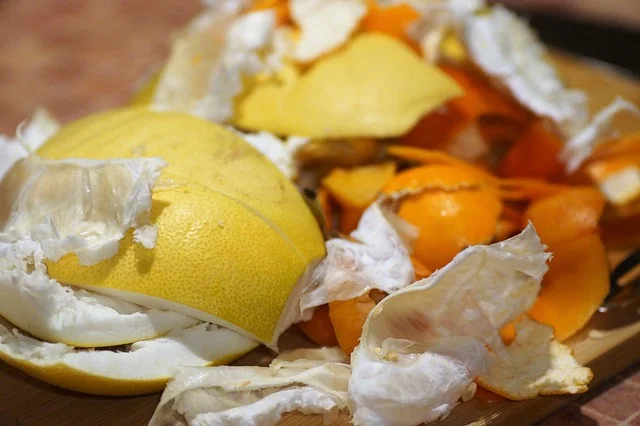Table of Contents
The best twenty essential elements to follow for having fine gardening in 2024
1. **Soil Quality**
gardening or the foundation of any successful garden. Use rich, well-draining soil mixed with organic matter to ensure healthy plant growth.
For more information about quality soil you can read our post:
https://fine-gardening.com/importance-of-soil-testing-for-fine-gardening/

###2. ** Mulch **
It helps improve humidity, eliminate weeds and converts to nutrients as it decomposes. Organic mulches such as pieces of wood or straw are best.
For more information about mulch you can visit this post
https://fine-gardening.com/tips-for-using-mulch-effectively-garden/

###3. **Watering System**
Efficient watering systems such as drip irrigation or soaker hoses keep plants hydrated while minimizing waste.
For more information about irrigation you can consult this post
https://fine-gardening.com/drip-irrigation-choosing-the-right-hose/
### 4. **Sunlight Requirements**
– Understanding the sunlight needs (full sun, partial shade, full shade) of your plants is critical for their health.
### 5. **Plant Selection**
– Choosing the right plants suited to your climate, soil type, and sunlight conditions ensures a thriving garden.
### 6. **Fertilizers***
– Organic or chemical fertilizers provide essential nutrients. Homemade compost is a great natural option.
### 7. **Garden Tools**
– Essential gardening tools include a spade, fork, trowel, pruners, and gloves. Quality tools can make gardening tasks easier.

### 8. **Pest Management**
– Implement integrated pest management strategies. Use natural repellents and introduce beneficial insects to minimize harm.
### 9. **Seeds and Seedlings**
– Choosing the right seeds and seedlings is crucial. Consider heirloom varieties for unique flavors and aesthetics.
### 10. **Companion Planting**
– Utilize techniques that involve planting compatible plants together to enhance growth and deter pests.
### 11. **Pruning Tools**
– Keep pruning shears and saws handy as they are critical for maintaining plant health and shaping your garden.
### 12. **Garden Layout**
– Plan your garden layout considering plant height, bloom times, and space requirements for healthy growth.
### 13. **Climate Considerations**
– Know your gardening zone and adapt planting times and techniques to the local climate conditions.
### 14. **Seasonal Flowers**
– Include a mix of annuals and perennials to ensure continuous blooms and a vibrant landscape year-round.
### 15. **Weeding Techniques**
– Use manual, mechanical, or chemical weeding techniques wisely to maintain garden health without harming desirable plants.
### 16. **Garden Bed Preparation**
– Raise garden beds or ensure good soil structure through double digging to promote root health and drainage.
### 17. **Compost Bins**
– Create compost bins to recycle kitchen scraps and yard waste into nutrient-rich compost for your garden.
### 18. **Plant Labels**
– Label plants clearly to track their growth and care requirements, ensuring proper monitoring.

### 19. **Record Keeping**
– Keep a gardening journal to track what works and what doesn’t for continuous improvement and learning.
### 20. **Community Connection**
– Engage with local gardening clubs or online communities to share knowledge, experiences, and resources.
By ensuring you have these twenty basic elements, you can cultivate a beautiful and flourishing fine garden that showcases both your gardening skills and creativity! Happy gardening!

Leave a Reply